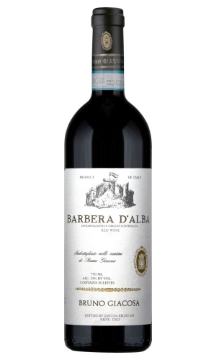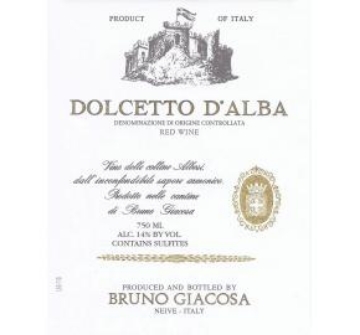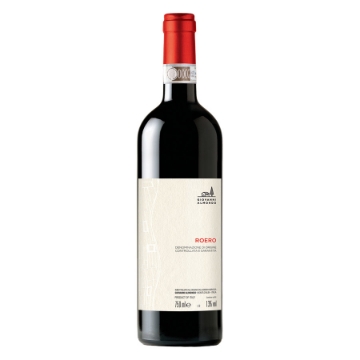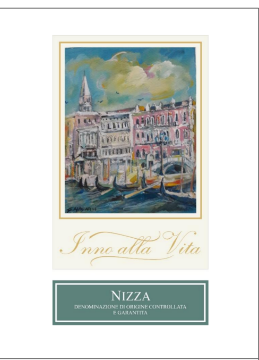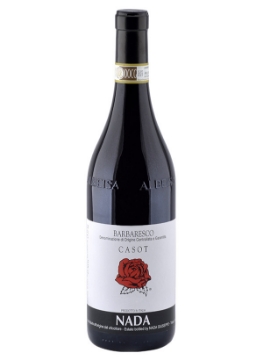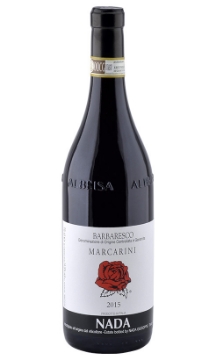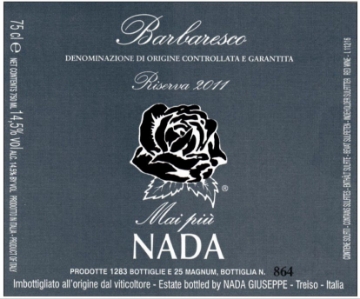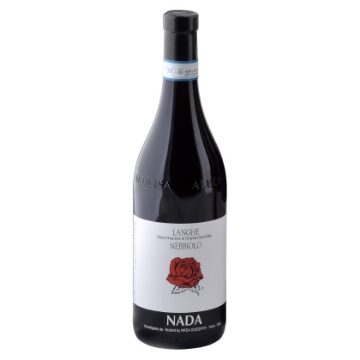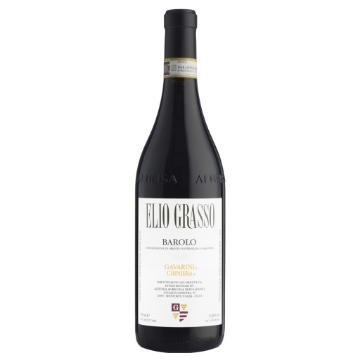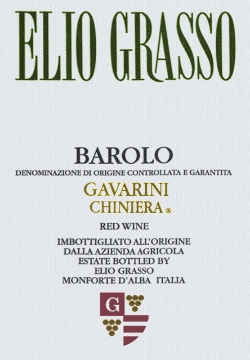Piemonte
2019 Giacosa Fratelli - Barolo (750ml)
Combining the family's various Barolo sites, with Bricco San Pietro (Monforte) the largest component. This Barolo DOCG reflects the family's signature style with fragrant aromas of rose petals, leather and tar. Matured in large wooden casks for two years and one year in the bottle, it's a wine well suited to aging.
2023 Giacosa, Bruno - Dolcetto d'Alba DOC (750ml)
Bruno Giacosa crafts some of the most prestigious Barolo and Barbaresco single vineyard wines in Piedmont and is one of the world's most respected wine producers. His winemaking philosophy combines a respect for tradition and conservative winemaking with the selected use of modern technology to obtain the best expression of each vineyard's terroir. He is convinced that great wines begin in the vineyard with the production of grapes cultivated by experienced growers. This belief pushes him to improve quality with every harvest. In the cellar, the goal is to produce a wine that maintains its identity from vine to bottle, so winemaking methods are therefore traditional and in full respect of the grape's typical characteristics.
-Importer notes
NV Giuseppe Nada - Langhe Brut Rosado Dosaggio Zero
Nebbiolo with zero dosage and up to 65 months on the lees.
2021 Grasso, Elio - Barolo Gavarini Chiniera (750ml)
The 2021 Barolo Gavarini Chiniera is a deep, powerful wine. In most vintages, the Gavarini Chiniera is a bit more linear, but the 2021 has an extra kick of textural depth that is such a hallmark of the year. Iron, chalk, dried flowers, mint and red che...
2019 Grasso, Elio - Barolo Gavarini Chiniera
With vines adjacent to forests on white chalky soils, the Elio Grasso 2019 Barolo Gavarini Chiniera is a luminous and very beautiful wine. Vintner Gianluca Grasso called this "the helicopter vintage" because he actually rented a helicopter to fly over the...


